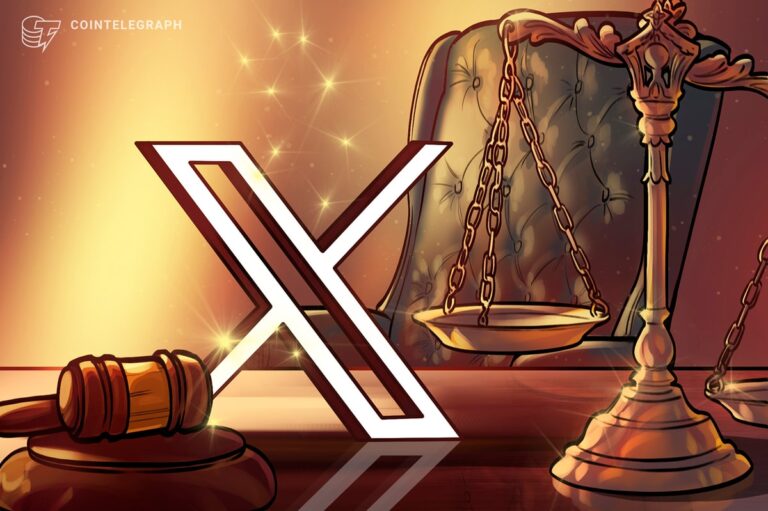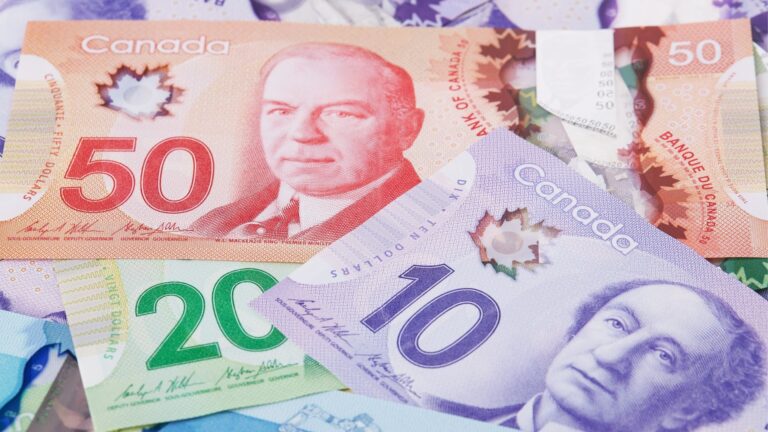This fall, FICO (the creator of the most popular credit scoring formula) will begin incorporating buy now, pay later (BNPL) loans into Americans’ credit scores for the first time. Depending on your perspective, this is either a very positive development or a very unwelcome one.
When we talk about buy now, pay later, we’re referring to installment loans offered by the likes of Affirm, Afterpay and Klarna. Four interest-free payments over six weeks used to be the norm, although many of these plans are now lasting longer (often three to 24 months), and most loans longer than six weeks charge interest (rates vary wildly, from zero all the way up to 36 percent APR).
BNPL users often skew younger and many have lower credit scores. Some don’t have a credit score at all, which gets back to the potential advantages and disadvantages of more BNPL credit reporting.
Have a question about credit cards? E-mail me at ted.rossman@bankrate.com and I’d be happy to help.
Why some consumers choose BNPL
Part of BNPL’s appeal is that these plans are easier to qualify for than credit cards. In fact, Bankrate’s 2025 Buy Now, Pay later survey reveals that about a quarter of BNPL users (26 percent) cite “easy to obtain credit” as a reason they chose to pay with a BNPL service. Only three factors rate more highly: 57 percent want to pay in installments and spread out their cash flow, while 40 percent enjoy low/no interest rates and 31 percent like knowing exactly how much they owe and precisely how long the loan will last.
But easy access to credit is a double-edged sword. It’s true that BNPL lenders often aren’t as selective as credit card issuers, in part because these are relatively short-term, smaller-dollar loans. Many people (especially young adults) choose BNPL for this reason: 33 percent of Gen Zers (ages 18-28) and 30 percent of millennials (ages 29-44) who use BNPL cite easy access as an advantage, versus just 19 percent of users between the ages of 45 and 79.
You would think that easy access would lead to lots of customers paying late, but the delinquency rates reported by leading BNPL providers are surprisingly low. For example, Affirm says its delinquency rate is three to four times lower than traditional credit cards.
The carrot of being able to continue to use these services has proven more successful than the stick — or punishment — of credit score damage (which hasn’t historically affected BNPL users unless they were so late they got sent to collections) or late fees (some providers, including Affirm, don’t even charge late fees).
It takes credit to build credit
An unintended consequence of BNPL, however, is that it takes credit to build credit. It’s similar to how employers want to see relevant work experience, but how do you get that experience to show, especially as a young adult? Someone might be drawn to BNPL because it’s easy to get and not overly selective about credit quality, but so far, using BNPL responsibly hasn’t helped you improve your credit score. And a strong credit score is important for your financial future, since it helps you qualify for mortgages, auto loans, credit cards and other financial products (even apartment leases).
The adoption of BNPL credit reporting will help people who use these services responsibly (as in, those who pay on time and keep their debts relatively low). This describes most BNPL users. A test run conducted by FICO and Affirm revealed that few BNPL users’ credit scores will decrease once these plans are included in credit scoring. On the flip side, BNPL users who pay late or rack up too much debt could see their credit scores fall. That’s unfortunate, but also fair – the same thing happens if you pay a credit card late or max out your credit limit. A credit score is meant to predict your likelihood of repaying a loan, after all, and some behaviors are riskier than others.
BNPL is a stepping stone
I believe that buy now, pay later is more of a starter product, not necessarily something that users should plan to use throughout their financial lives. Responsible credit card usage provides benefits that BNPL can’t match, including money-saving rewards programs and buyer protections (everything from fraud and dispute resolution to purchase protection, extended warranties and more).
It’s good that BNPL is closing the gap on credit reporting (although there will still be a lag there since not all BNPL lenders are providing information to the credit bureaus and many lenders have not yet subscribed to the newer FICO models that will incorporate BNPL). Even once BNPL credit reporting becomes mainstream, credit cards will continue to offer many users unbeatable advantages. These benefits usually center around paying in full each month to avoid interest, however, which can be a big “if.”
Credit cards are great, as long as you can avoid pricey interest charges
Almost half (48 percent) of credit cardholders carry debt from month to month, according to Bankrate’s 2025 Credit Card Debt Survey. It doesn’t make sense to pay 20 percent in interest (approximately the average credit card rate) just to earn 1 or 2 or even 5 or 6 percent in cash back or travel rewards. Someone with credit card debt might find it more desirable to finance a couch or a TV or a refrigerator with BNPL rather than digging themselves deeper into a credit card debt hole that sometimes takes decades to emerge from.
Therefore, sometimes BNPL is the best option. If you can get a good low- or no-interest deal on something that you really need (like a new refrigerator), I can see the advantages of paying something like $50 a month over two years. I’m less enamored with BNPL for discretionary purchases and consumables such as groceries, gas and food delivery.
The bottom line
It’s true that not everyone can afford to pay their credit cards in full each month — and there can be understandable circumstances that cause that — but I still think BNPL is something that users should aspire to graduate from.
Still, no shame. Most people with credit card debt have it for practical reasons (47 percent primarily blame emergency expenses and 28 percent point the finger at day-to-day expenses). But other than the occasional exception, such as a high-earner looking to use “other people’s money” to finance a Peloton bike for 12 months with no interest via Affirm, I see BNPL as a stepping stone to improve your financial future. I’m glad that building credit will soon be a benefit of BNPL, but I still see credit cards as vastly superior in terms of rewards and buyer protections.
Did you find this page helpful?
Help us improve our content






